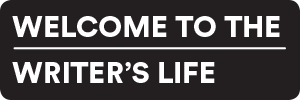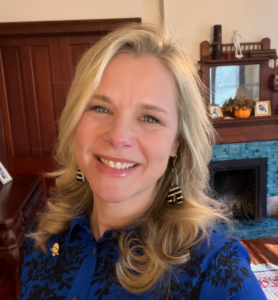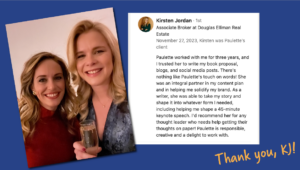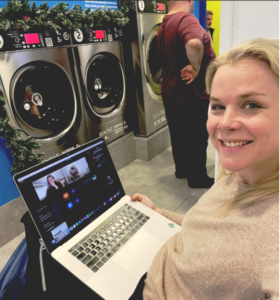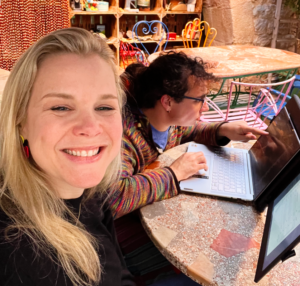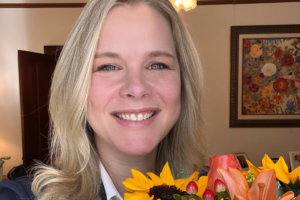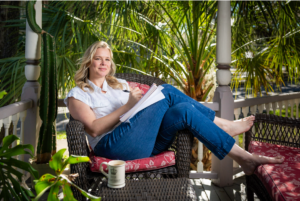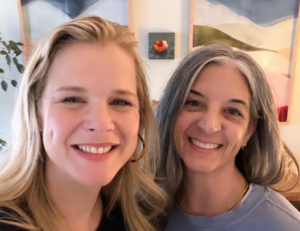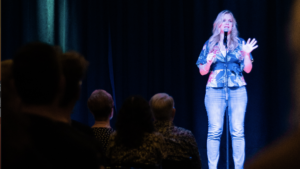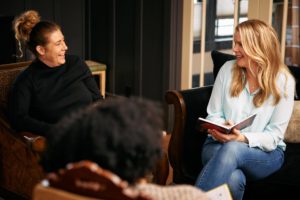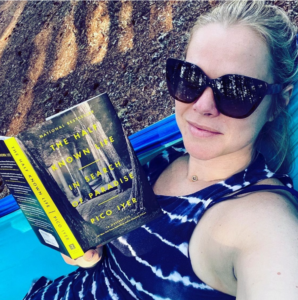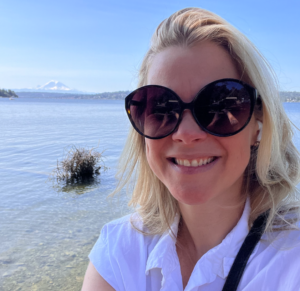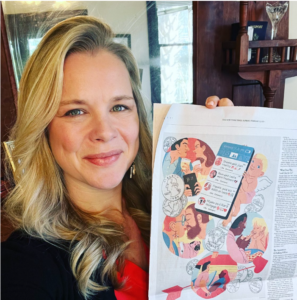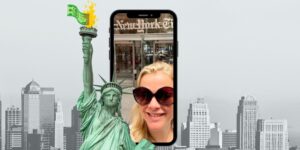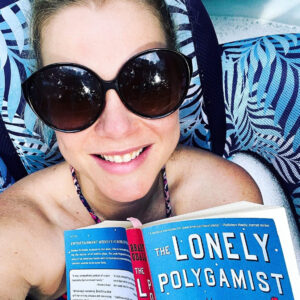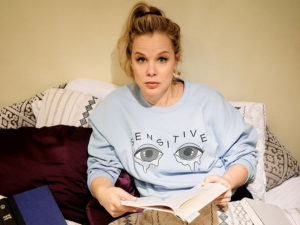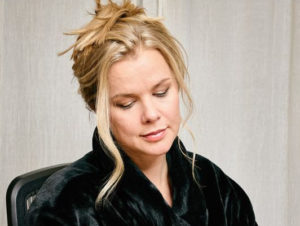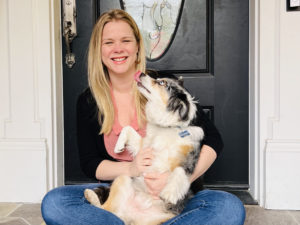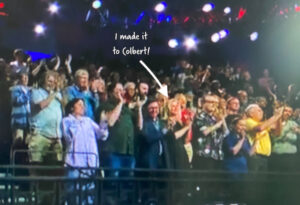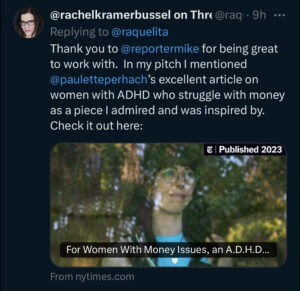Let me guess, you have a colorful row of shelves upon which is stacked rows and rows of shame.
Welcome.
Join us here in the Bookshelf Shame Club.
Psst: This site uses affiliate links.
Over the last two weeks, I’ve bought 6 books. I have read approximately 2.15 books. Multiply this kind of behavior over a lifetime, and soon you can barely stand to enter the living room, for all the vertical eyes you feel watching you watch Netflix. “Remember when you found me in that indie bookshop in L.A.?” an anthology whispers. “We seemed so in love then.”
Buying a book is a kind of promise that you’re going to read the book. An unread book on the shelf is a trophy of failure. Seeing books you realized you bought in college, still sitting there unread is like the lifetime failure of achievement award.
Why we buy books
We buy books thinking more books = more reading.
We buy more books! For more reading!
We marvel that we’re still not reading.
And you could replace buying books with saving articles, keeping tabs open, etc.
I have my theories about why that is, and some practices that have helped ease, but certainly not entirely cured, my Bookshelf Shame.
What’s not marketed to you
See all those words on the covers of those books? They’re written by someone who’s studied human behavior and how to influence it, for years. They know how to cast a spell to rise within you the need to own that book. Several intelligent, highly trained marketers wearing interesting pairs of glasses exchanged dozens of emails trying to find just the right phrases to get you to pick the book up or click it to your cart.
See that beautiful design? They paid an artist to catch your eye, to create a gorgeous physical product that you just have to own.
See those glowing blurbs? They pulled every professional string they have to get a writer you already know and love to tell you that you need this book, pinging your social proof string.
Of course, we also love books, love reading them, and love supporting bookstores and writers. But on top of that, the world layers on the nudge of marketing. I’m thankful these book marketers are there. They marketed my book. Maybe they’ll do it for yours one day.
But! The book store is where the marketers leave you.
What’s not marketed to you?
Time, time to read.
You’re not scrolling through your phone when suddenly a perfect photo pops up of you on your couch in the sunlight, holding a tea and the book you just bought.
There’s no blurb, “Reading is one of the best ways to use a free evening! Highly recommend!”
There’s no reminder, no message popping up on your laptop that says, “How about this evening you don’t open Twitter and instead read something so you can build up your writing skills and get one step closer to being the best-selling author you want to be?”
Reading is not really made of books. It’s made of time.
While it’s true that you can’t read without words in front of you, in this world where there’s no shortage of information, the chances of you not reading due to not finding anything to read is almost zero percent. So in today’s modern world, what reading is really made of is time.
I would know more about this if I’d read The Attention Economy. It’s right here behind me on my shelf.
We think books are the container. Wrong. Books are the content. Time is the container.
How to get more reading done
Here’s the thing, there are so many books. So. Many. Books.
Let’s have a moment of silence for all the books you’re never going to read.
…
…
…
Ok.
So many amazing books being published this year. But damn. Could we space this shit out so they can be read?
— roxane gay (@rgay) June 22, 2020
I think about reading like walking through the forest. You’re never going to see every tree, but the trees you see are going to be wonderful. So try to relax.
1. Subtract distractions.
I provided editorial support on the book Indistractable, so I know a lot about why I’m still doing so much wrong in the area of distraction. What I love about Nir, the author, is that he defines the opposite of distraction as traction. (Obvious when you think about it, but I’d never heard it articulated.)
I get distracted so easily, and so I really need to work on this one. My favorite is when I take a few books to the park without my phone. I feel that pull, but I’m not walking all the way back home for it.
Literally I’m sitting here, right now, and I had thrown my phone on the couch, but sent a message right before I started writing, then got a response, got up and got my phone, brought it next to my laptop, and now it’s propped up in front of my laptop. Le sigh.
Nir also wrote a book called Hooked, which is all about how tech companies hook us. He knows. They work really hard to get you to be scrolling through posts rather than lines.
2. Create a daily reading tradition
My sister and nephew have “family read time,” where they hang out and read together. I have before “required video game time” for a partner (so that I can do my reading). Design a reading nook you love. Get a favorite mug. Get a buddy or a kitty. Make it fun and you’re more likely to make it happen.
Doing something daily also helps you take advantage of something called the familiarity heuristic. We like doing things we’re used to doing. It starts to feel weird if we don’t do them. If you read in the same place at about the same time of day, you’re going to start feeling “off” if you don’t.
3. Only be reading 3 books at a time
I have a hierarchy of books in my room. If you have a towering stack next to your bed, it’s stressful. You might as well sleep with that stack on your chest.
I started a new rule: I’m only reading 3 books at a time. Those are the 3 that are allowed on my nightstand.
It’s a selection. Right this moment it’s:
- Crime and Punishment, a classic recommended to me by an Irish guy I’m pretty sure was catfishing me, but I’ve started it now and it’s not Dostoevsky’s fault.
- Salt, Sugar, Fat, by Micheal Moss, because I’m trying to use rage at the industrialized food industry as my latest attempt to break my life-long junk food addiction. I read a review of his new book, also called Hooked, about how the food industry uses the patterns of addiction to get people to consume more. I wanted to buy it, but I was like bitch don’t you have his other book on your shelf, which you read the first chapter of but never finished? So I allowed myself to buy Hooked, but only if I finished Salt, Sugar, Fat first. So still working on it.
- White Magic by Elissa Washuta, because she’s a dream boat.
4. Listen to audiobooks
I chug through books in the car, on planes, etc. I just got done with Carmen Maria Machado’s In the Dream House, which I’ve been wanting to read for years. I get audiobooks free through my library too! See if your library offers this service.
5. Pick a theme to tackle one corner of the reading world
Start to carve a path through the forest by selecting a direction to tackle. Pick a theme for a year. Read only Black authors for a year, or authors from your state. Read the favorite books of your loved ones. It will help you make it into a bite-sized project.
6. Put all your unread books on one shelf
Don’t have them mixed in, making you feel bad. Put them in one area, so that when you need a book to read, you can go there and use that shelf as a menu.
I mentioned the unread book syndrome in a session of my meditation and writing group, A Very Important Meeting, and just about everyone nodded and looked ashamed. One writer said, “I’ve always lived with books, books, books, some of them read.”
You could even use A Very Important Meeting to get your reading time done! Throw your phone in the other room, sit in a chair, and read with your video on for accountability. We will not judge you for snacking.
